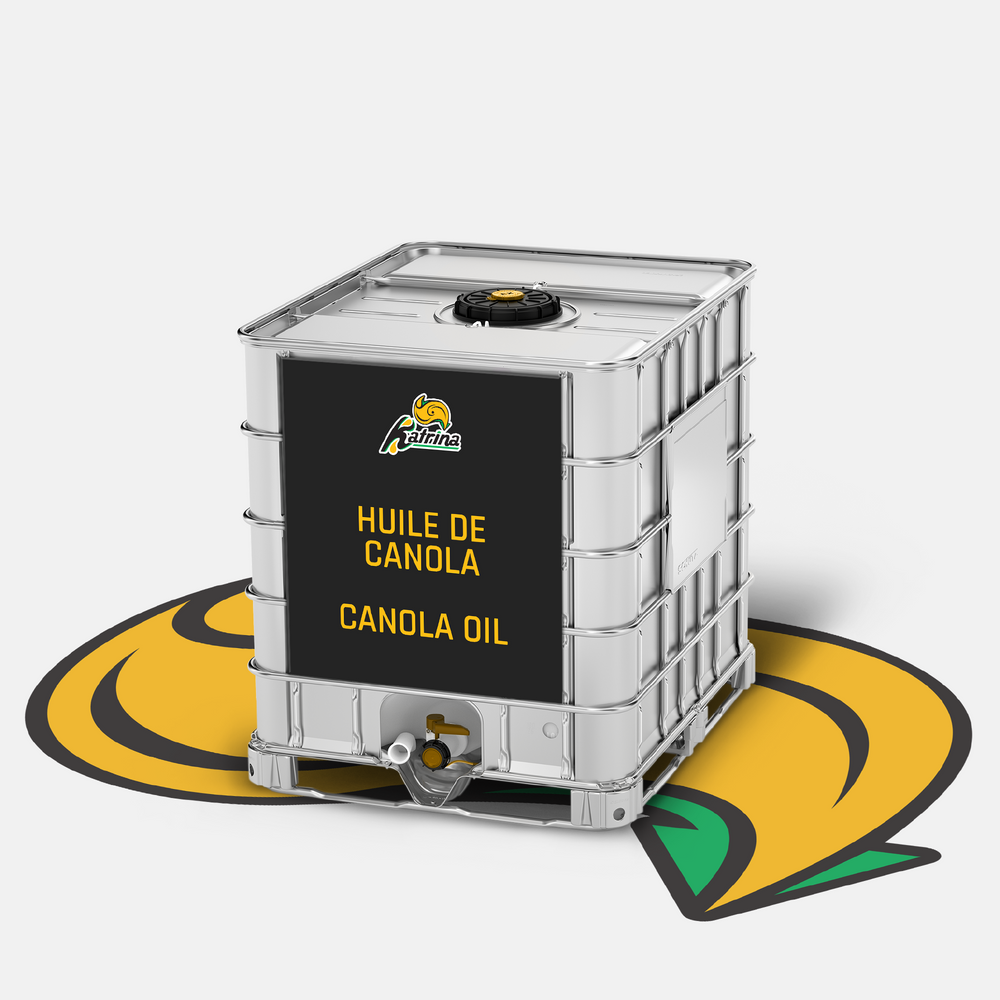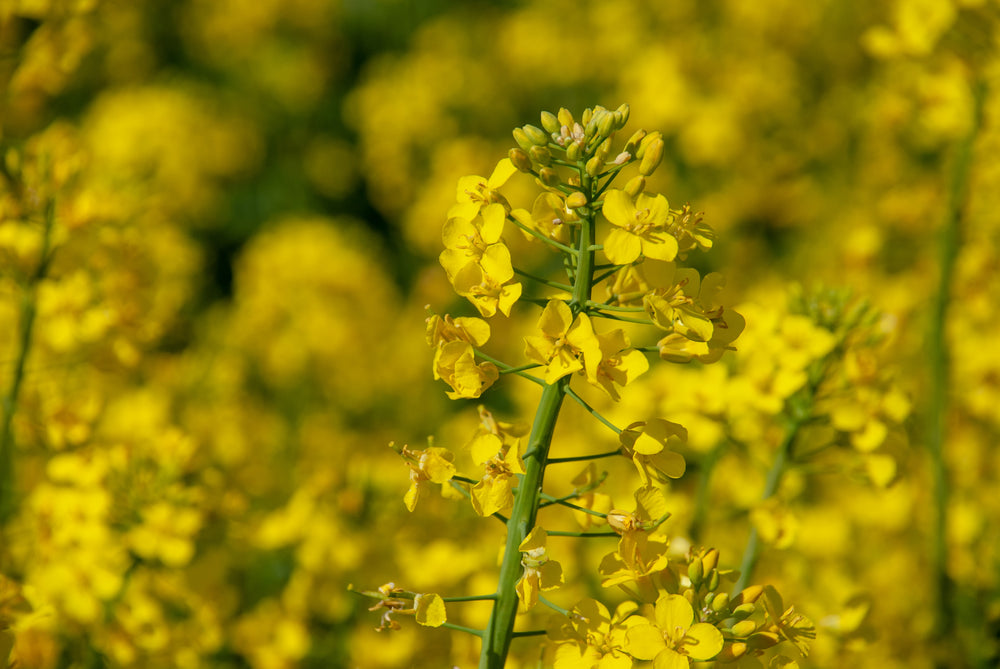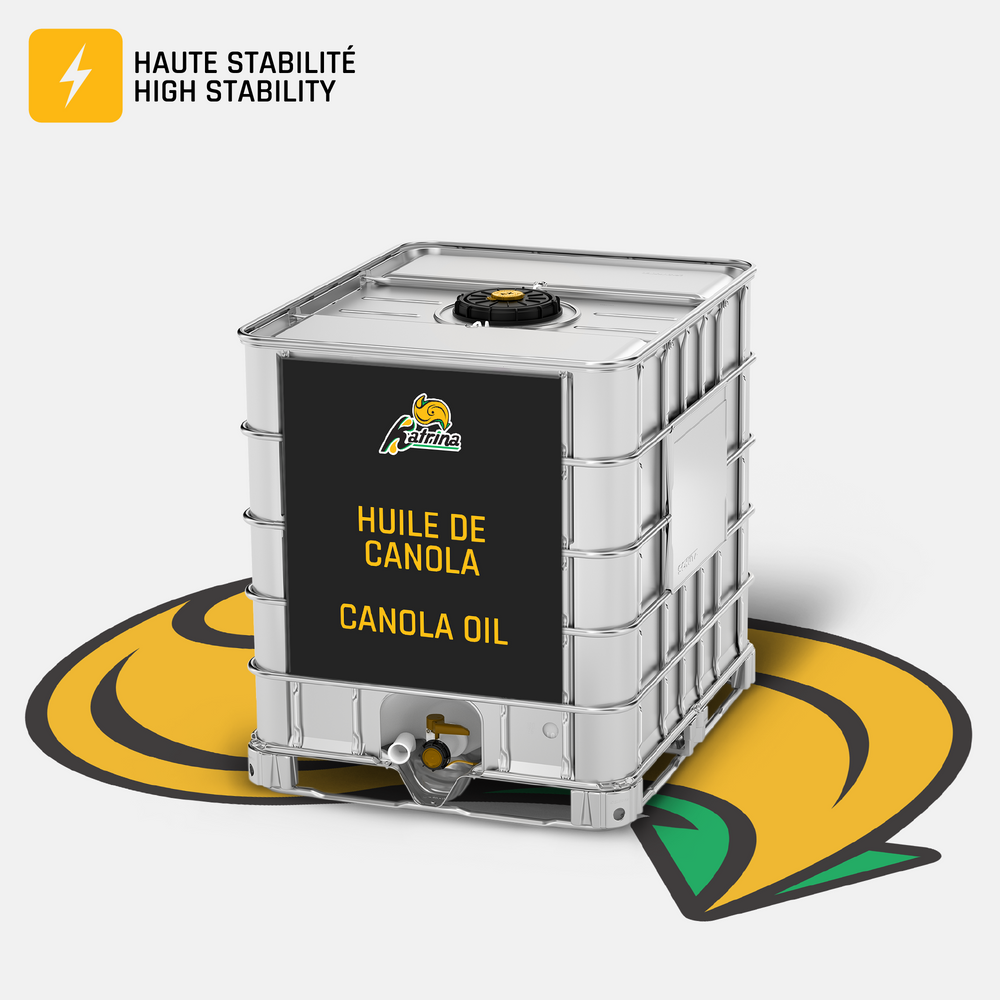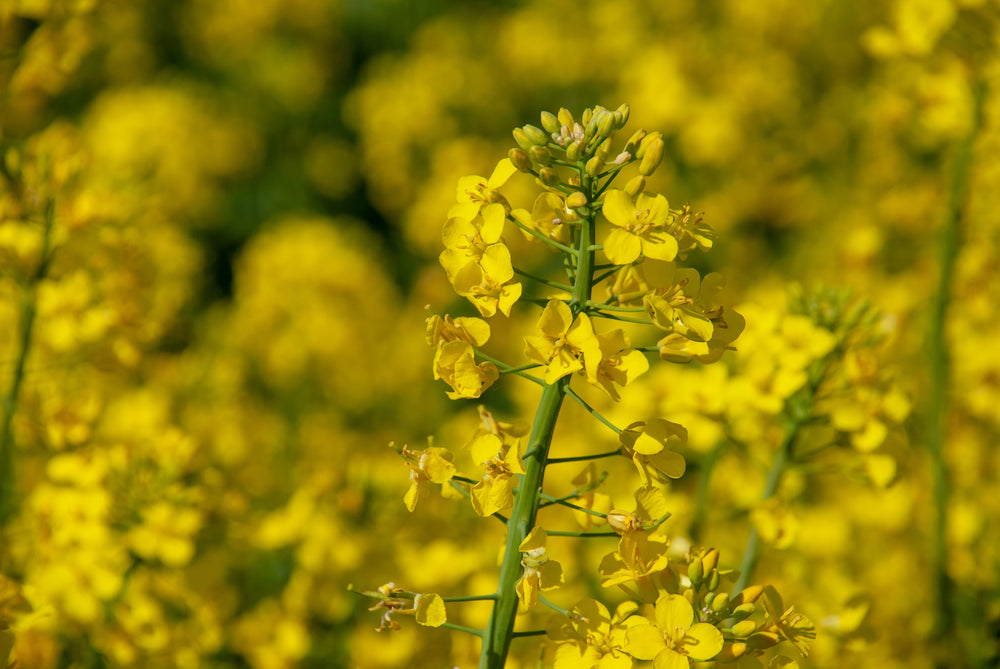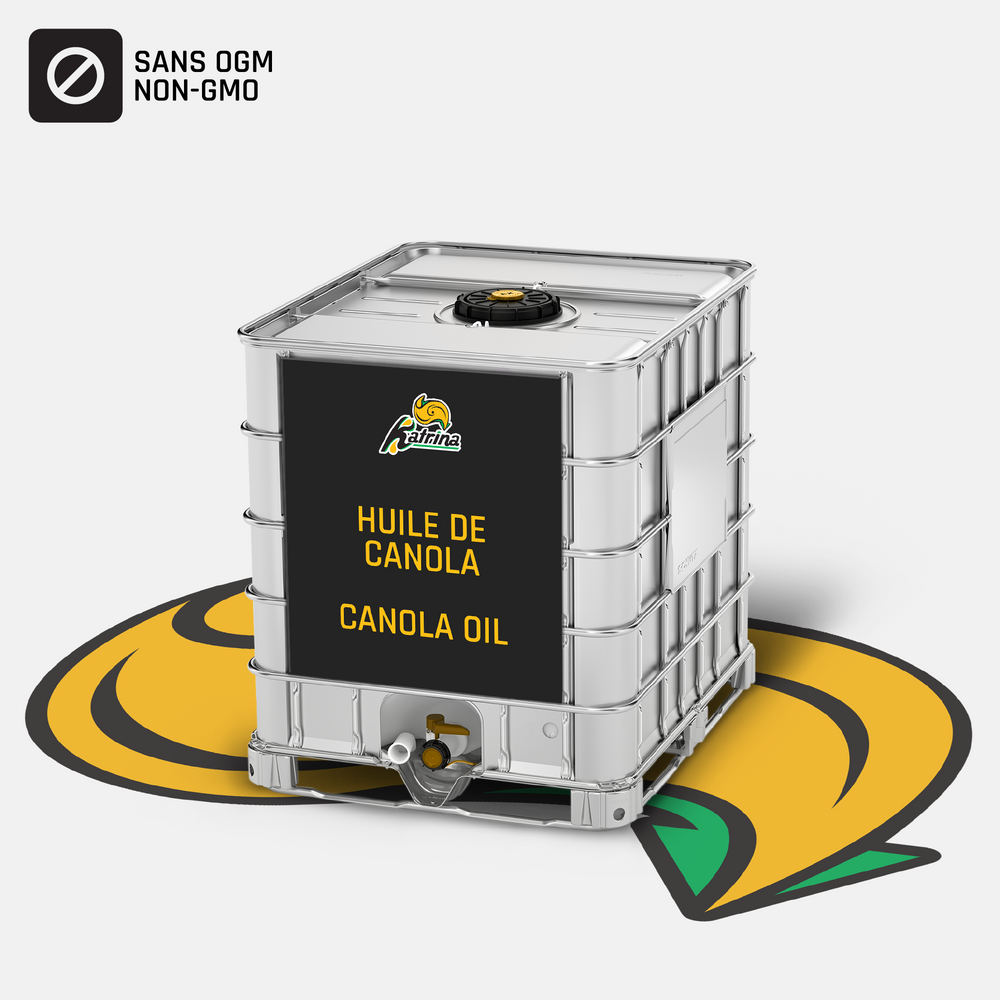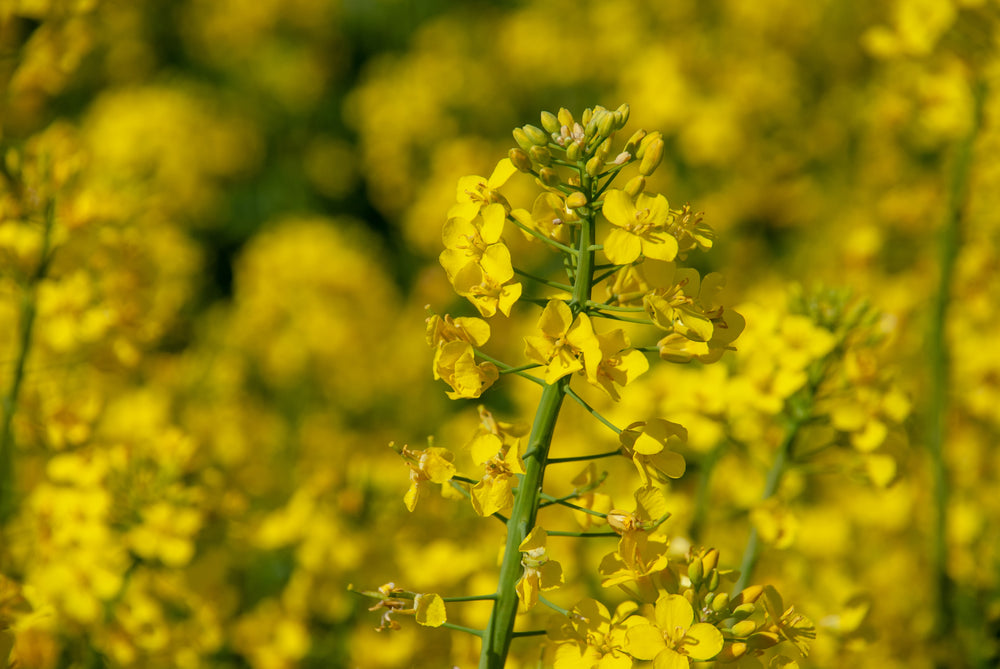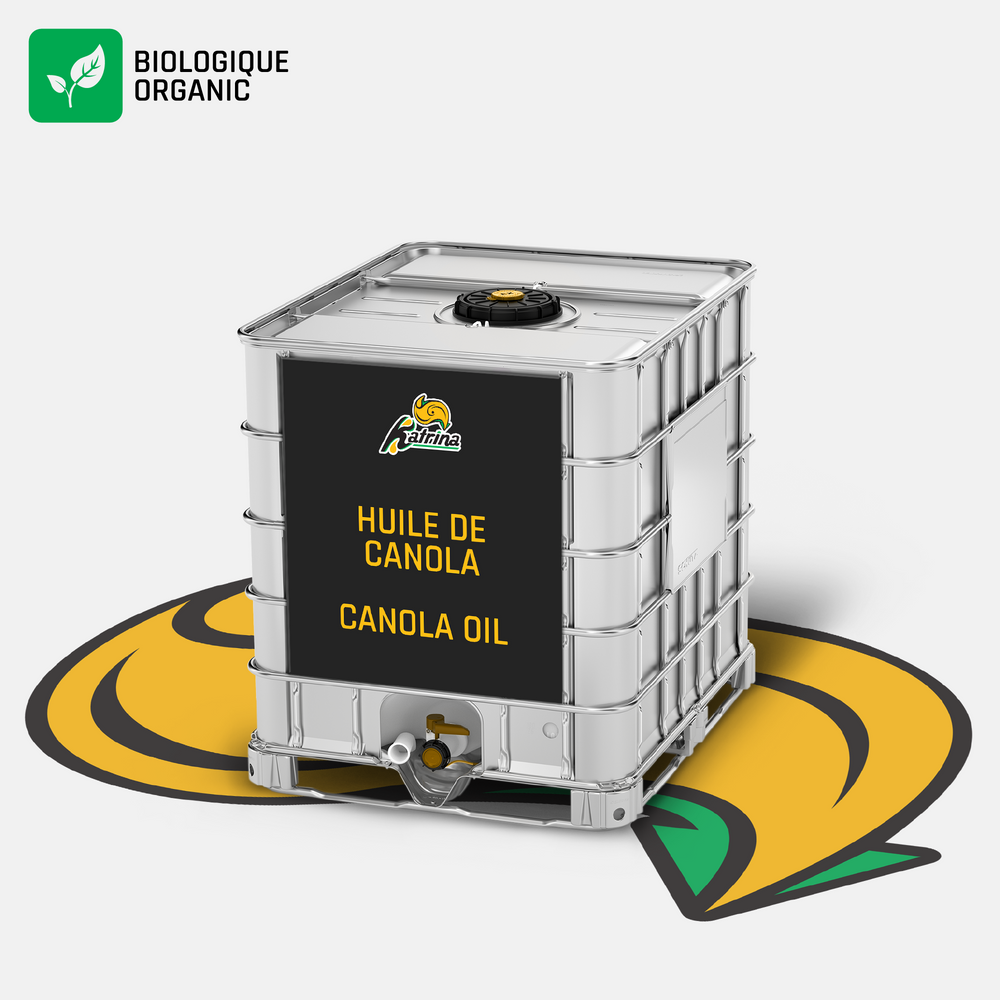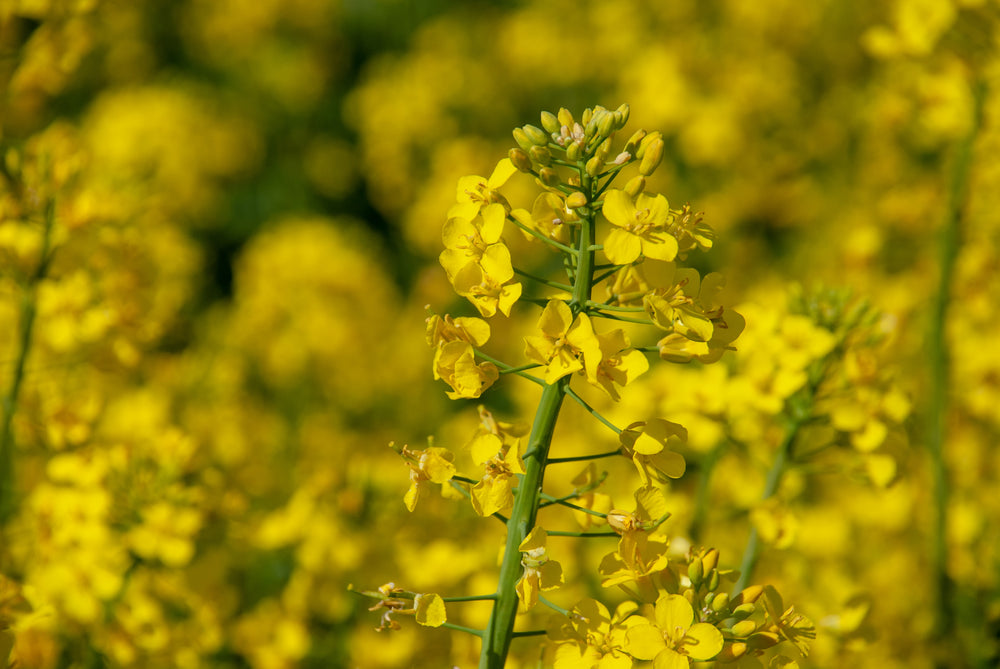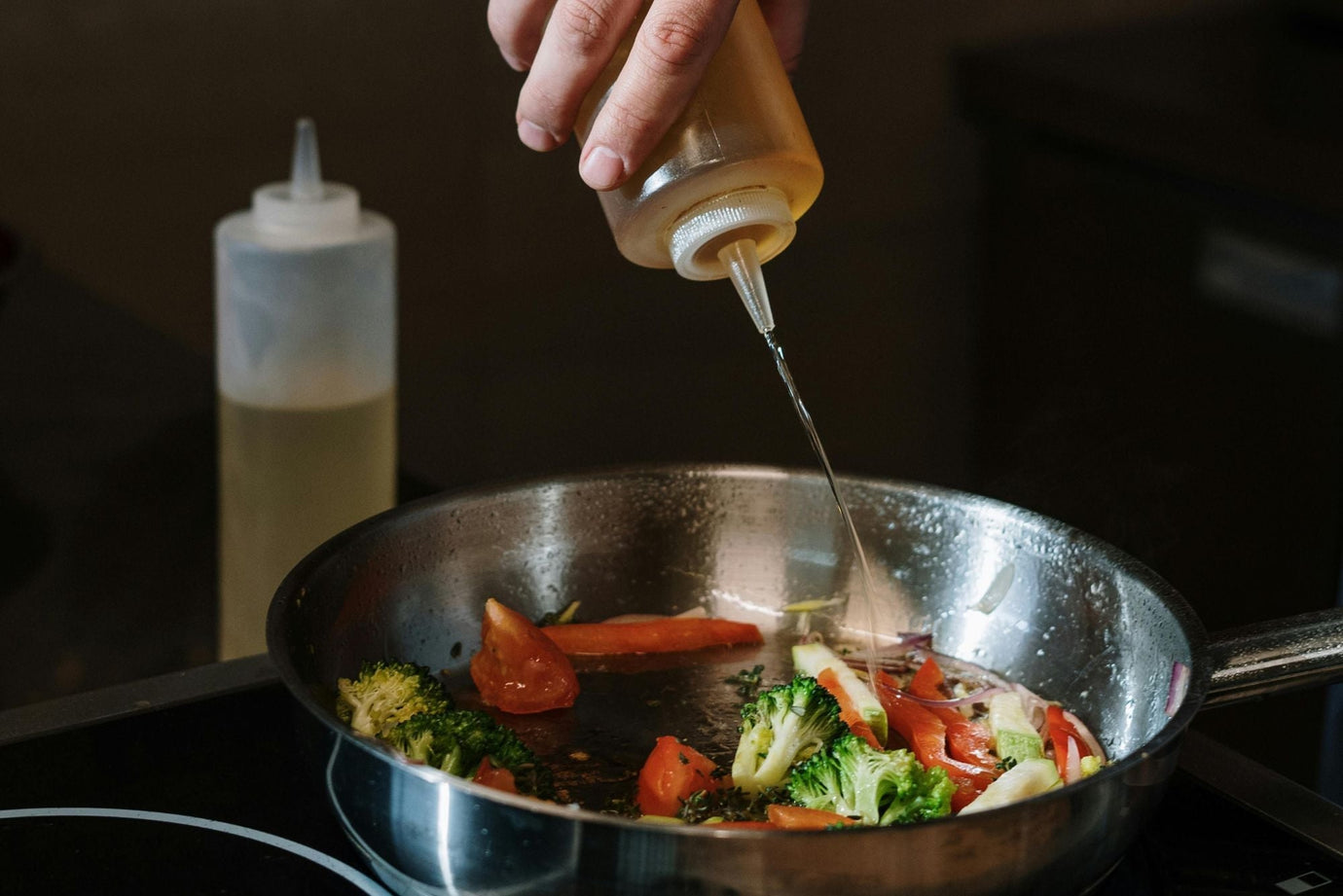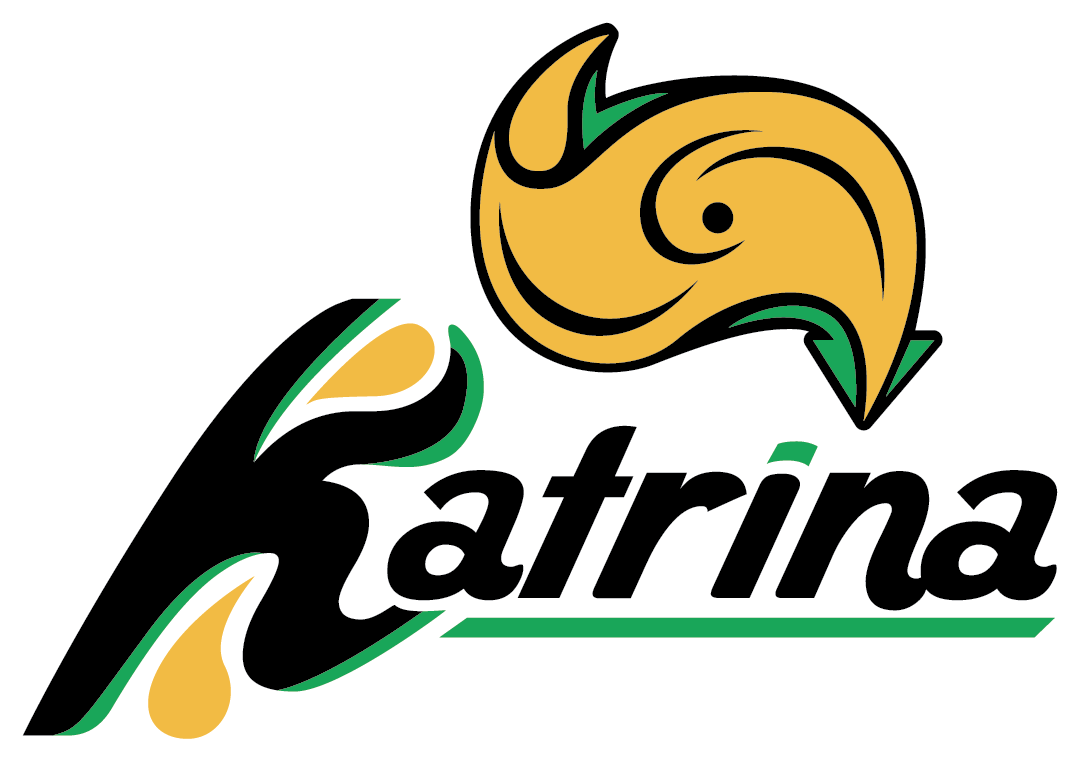How to (Properly) Dispose of Cooking Oil
What do you do with cooking oil after frying? Whether it's canola oil, olive oil, or vegetable oil, improper disposal of oil can clog pipes, pollute waterways, and even violate local waste management regulations.
In this guide, we'll outline what you shouldn't do with used cooking oil, followed by the best disposal methods for both household and business use.
What NOT To Do With Used Cooking Oil
Never Pour Cooking Oil Down Drains or Toilets
All types of oil, fats, and grease can cause severe plumbing problems when poured down the drain. Cooking oil solidifies as it cools, blocking pipes and contributing to the formation of "fatbergs" in sewer systems that lead to costly repairs. Worse, oil that reaches waterways can pollute large bodies of water, harming aquatic ecosystems and wildlife.
Avoid Adding Oil to Compost or Gardens
While small amounts of plant-based oils like canola or olive oil may break down, larger quantities of it attract pests and harm soil quality.
Note: Some areas treat cooking oil as hazardous waste, while others offer recycling or disposal programs specifically for oils and fats. Consult your local guidelines first to ensure compliance and avoid potential fines.
Once you've checked the rules for your area, consider the following safe and effective methods for disposing of cooking oil.
@marthastewart Dispose of your used cooking oil with this easy technique! #cookingtip #cookingtok ♬ original sound - Martha Stewart
What To Do: Proper Ways to Dispose of Cooking Oil
Option 1. Reuse the Oil
If the oil is relatively clean after use, consider filtering it and storing it for future use. Cooking oils like canola and olive oil can often be reused once or twice, especially for frying similar foods.
Let the oil cool first, strain it through a fine sieve or cheesecloth, and store it in an airtight container in a cool, dark place to avoid getting rancid.
Option 2. Cool It Down and Let It Solidify
For small amounts of oil, the simplest method is to let it cool completely and wait until it solidifies. Here's how:
- Allow the oil to cool after use.
- Let it harden naturally in the pan. Tip: Add baking soda to turn the oil into a paste that makes it easier to scrape off.
- Transfer it into a non-recyclable container.
- Discard the solidified oil in the designated trash bin based on your local regulations. In Toronto, small amounts of cooking oil can go in the Green Bin.
Option 3. Mix with Absorbent Materials
For larger quantities, you can mix the oil with absorbent materials like cat litter, coffee grounds, or paper towels. Place it in a sealed bag or container before discarding it in the trash.
Option 4. Take It to a Recycling Program
Many municipalities in Canada and the US offer recycling programs for used cooking oil. The oil is often converted into biodiesel, which serves as a renewable alternative to fossil fuels.
These recycling programs often have drop-off points or scheduled pickups. Visit your city or town’s website for specific details.
Option 5. Use Professional Disposal Services
Restaurants, catering businesses, and other food service establishments that generate large quantities of used oil should consider disposal services.
These specialized companies collect and process the oil responsibly in compliance with laws and environmental regulations. Proper storage and regular pickups can save businesses time and effort in the long term.

Quick Answers & FAQ
How to Dispose of Cooking Oil at Home
The best way to dispose of cooking oil (from your deep fryer or other cooking) is to place it into a container or mix it with absorbent materials like cat litter, coffee grounds, etc. Always let the oil cool first, and never pour it down the drain. Once it’s safely contained, you can throw it away according to local regulations–usually in a recycling program or hazardous waste disposal.
Can Canola Oil Go Down the Drain?
No. Cooking oil can solidify, clog pipes, and damage sewage systems. It should never be poured down the drain or sink.
Can You Pour Vegetable Oil In The Ground?
No, you should not pour vegetable oil in the ground. Although it is a natural product, dumping used oil can disturb the environment by attracting pests, blocking soil absorption, and contaminating waterways.
How to Dispose of Cooking Oil for Restaurants
Most restaurants deal with large amounts of cooking oil, so proper disposal is a key part of operations. While it’s important to check local regulations for specifics, there are a few simple methods and tricks to dispose of restaurant cooking oil effectively:
- Use a dedicated storage tank to store used oil before disposal
- Partner with a local cooking oil disposal service
- Install industrial filtration systems to recycle oil in-house
How to Dispose of Rancid or Expired Vegetable Oil
You can dispose of rancid or expired vegetable oils the same way as used cooking oil. Never pour it down the drain! If the expired oil is still in the container, keep it sealed and dispose of it according to local regulations (usually as part of a recycling program or hazardous waste disposal). If the expired oil is not sealed, either find a new sealed container or mix it with absorbent materials before disposing of it.
Disposal Guidelines By Location
Specific disposal instructions vary by location, so we’re breaking down a few specifics from cities and provinces across Canada.
💡Don’t worry, the basics stay the same: never pour it down the drain, and always place it in a sealed container or mix with absorbent material.
Ontario
Specific laws vary by city and municipality, but the general guidelines for cooking oil disposal in Ontario are to seal or mix the oil and dispose of it as part of your local Household Waste Collection program.
Most restaurants in Ontario are required to have a regularly maintained grease trap to safely store used oil.
BC
According to the Recycling Council of British Columbia, “If you do not have curb-side food scraps collection, small amounts of soaked up cooking oil would go into your household garbage.”
In Vancouver, residents can drop off up to 10 litres of used cooking oil for free at the Vancouver Zero Waste Centre. Businesses are encouraged to work with disposal services like Redux or EcoZero.
Toronto
For cooking oil or deep fryer oil disposal in Toronto, residents can dispose of safely contained oil in their Green Bin or drop it off at one of the city’s Household Hazardous Waste Drop-off Depots.
For larger amounts (between 10-50L), residents can even call 311 or request online to have the used oil picked up at their residence.
Businesses in Toronto are also required to have grease traps and to safely collect used cooking oil for proper disposal.
Calgary
In Calgary, small amounts (under 2 litres) of used cooking oil can be disposed of in the green cart for composting. For larger amounts, the city recommends dropping off the waste at EcoDine.
Hamilton
To dispose of under 500 ml of used cooking oil in Hamilton, residents can use their Green Bin once the oil is cooled and contained. For larger amounts, sealed and labeled containers of up to 40 litres can be dropped off at a Community Recycling Centre.
Montreal
In Montreal, small amounts of used oil can be sealed (for example, inside a plastic water bottle) and disposed of with regular household waste. Larger amounts of oil can be dropped off at an Ecocentre in a sealed and labeled container. Throughout the year, you can also take advantage of drop-off sites across the city to safely dispose of used oil. However, these temporary drop-off sites are not available in the winter months.
Conclusion
Properly managing used cooking oil isn't just about keeping your kitchen clean—it's also essential for food safety, compliance, and the environment. For service businesses and food manufacturers, adhering to local regulations is critical to avoid penalties and ensure smooth operations.
At Distributions Katrina, we understand the unique needs of B2B clients when it comes to managing bulk cooking oil, whether that's supply, storage, or disposal.
If you're looking for more food safety tips, check out our article about When to Change Frying Oil to learn about the signs of oil deterioration and our Guide to Storing Cooking Oil for best storage practices.

